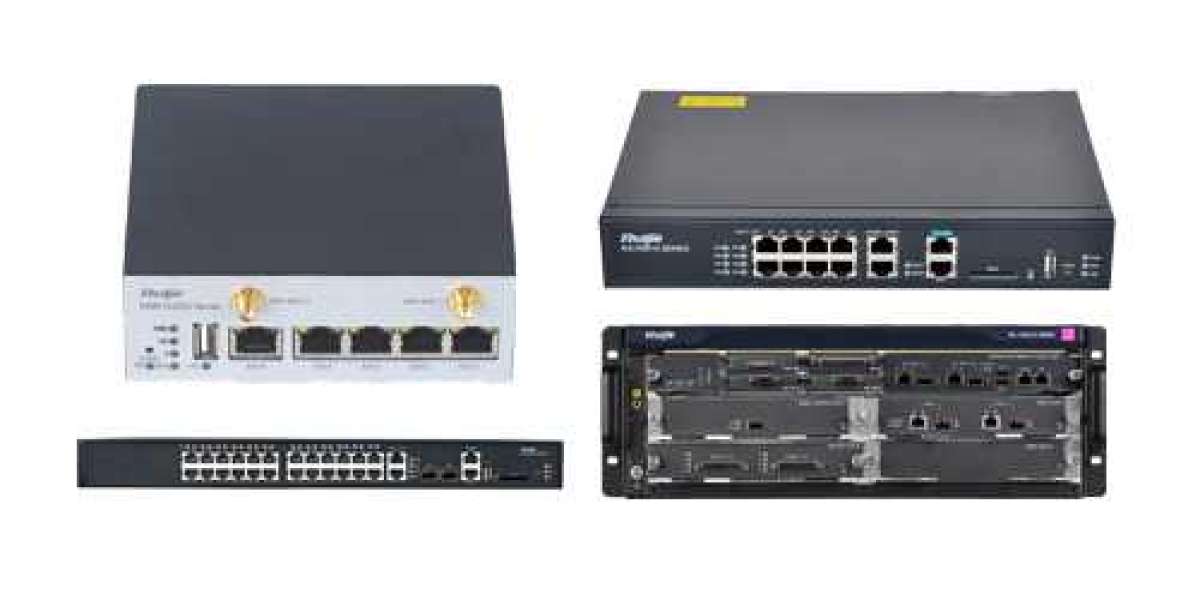Are you calculating the Wi-Fi coverage of your router? Here are some methods to give you an overview of the Wi-Fi range of the router.
Are you currently looking for new routers in the market? Is it important to have Wi-Fi everywhere in your home? If you want to know how your router performs in providing wireless connectivity, it will be helpful to learn to calculate the Wi-Fi range of your router.
To calculate the Wi-Fi range of any wireless access point, you must understand the factors that affect device performance when broadcasting Wi-Fi signals. These factors usually include environment, broadcast frequency and equipment performance.
So before we begin to estimate the Wi-Fi range of the router, let's talk about how Wi-Fi transmits signals and the factors that affect the router's wireless broadcast.
How Wi-Fi transmits signals to devices with Wi-Fi capabilities
Wi-Fi or Wireless Fidelity broadcasts signals in the radio spectrum, usually at 2.4GHz or 5GHz. These signals are electromagnetic waves radiating into the whole environment. Then your wi - fi device can detect the radio wave. Then, with the help of the network card installed in the device, these signals are decoded into usable data.
How does the environment affect the Wi-Fi range of the router
One of the biggest factors affecting the effective Wi-Fi coverage of the device is the environment. Wi-Fi is much like radio. Like radio, if an object is located between a transmitter (router) and a receiver (mobile phone, tablet computer, Internet of Things device, etc.), the signal will be weakened, resulting in reduced Wi-Fi coverage.
Environmental barriers include walls, glass, furniture, appliances, floors, doors, carpets and anything that blocks the router's view. The materials used for these obstacles also greatly affect the signal attenuation degree of these obstacles.
Another environmental factor is open airspace. When your router sends signals from its antenna, the farther you go, the weaker these signals will be. This outdoor signal attenuation can be calculated by the inverse square law formula.
How routers affect Wi-Fi range
Not all routers are the same. When all router configurations are available, some routers will provide better wireless access points than others. There are usually three factors that make routers better wireless access points. These will be transmission power, antenna gain and operating frequency.
Transmission power is the energy consumed by the router to transmit data. This power consumption is directly related to stronger signal output, thus achieving longer Wi-Fi coverage.
Antenna gain is the additional signal strength provided by the antenna to the router and other transmitting equipment. You may also see different antenna configurations installed on the router. The most common are 2x2, 4x4 and 6x6 MIMO (multiple input multiple output) antennas. Although having multiple MIMO antennas does not necessarily mean a longer Wi-Fi range, it does mean faster and more reliable Wi-Fi.



